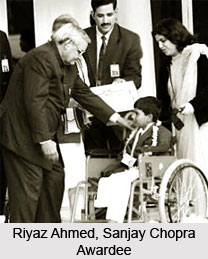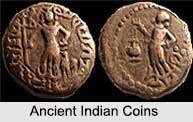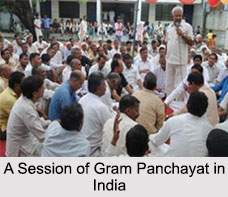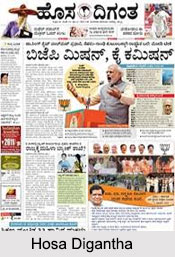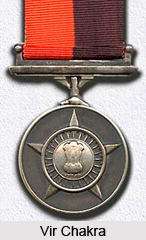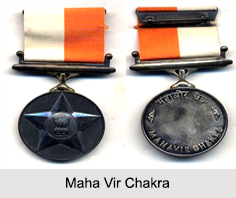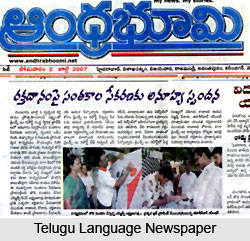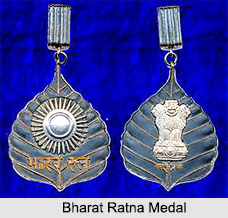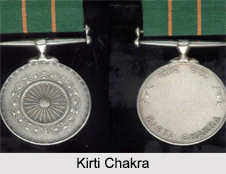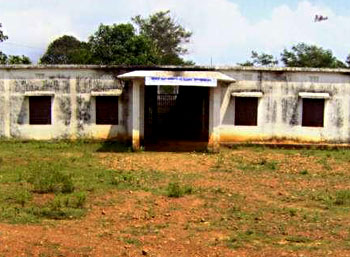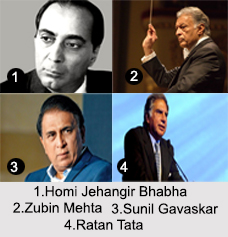Local Self Government is the management of local affairs by such local bodies who have been elected by the local people. The importance of local self-government has been emphasised by political thinkers and administrators of all ages. Local bodies are established on two different principles. The first principle comprises local bodies, which enjoy extensive powers to act in anyway they like for the betterment of the community unless restricted by law in any sphere of activity. The second principle comprises local bodies that cannot go beyond the specific functions defined for them in the various acts and statutes.
The concept of Local Self Government is very ancient to India. It has originated since the Vedic period, when the village assembly known as Samiti and Sabha and the Gramani, the village headman existed. These assemblies represented the king`s authority in civil and military administration and collected dues on behalf of the king. The local bodies comprised of Gramyavadin or village judge, Dasagrami, Vimasapati, Satgrami. Gradually there was the prominence of Nagaradhyaksha or city perfects that dealt with the affairs of urban life and enforced respect for law and order in the minds of the people. In the Mauryan period there were gamas or villages, nigamas or small towns and bhojka. This proves that considerable autonomy was enjoyed by the local institutions. Municipal government as a form of local governments has been administering in India since the time of the Maurya period.
Local Self Government during the early British existed but they had suffered a lot. However, local bodies first came into existence in the presidency towns. In 1687 the Court of Directors ordered for the establishment of a corporation in Madras. The corporation, comprised British and Indian members, was empowered to levy taxes for building a guildhall, a jail and a schoolhouse for meeting the expenses of municipal staffs. The experiment testified untimely for the inhabitants, and they protested the payment of direct taxes. The Mayor sought the permission of the authorities to levy an octroi duty. The Charter Act of 1793 put the municipal institutions on a legal basis. The Governor-General had the power to appoint Justices of Peace in the presidency towns. These Justices of Power were given powers to levy taxes on houses and lands to meet the cost of police, cleansing and repair of roads.
In addition to that in the late 19th century, the British Government initiated the concept of Local Self Government. When Lord Ripon became the Viceroy of India and provided notable contribution to the development of Local Government in the country. In 1882, he abandoned the existing system of local government by the officially nominated people. According to his local self-government system, the enormous Local Boards were split into smaller units to achieve greater efficiency. Moreover, to ensure popular participation in the management of local affairs, nomination system was replaced by an effective election process. Lord Ripon is considered to be the founding father of urban local government. His concept of municipal authorities as units of self-government has earned importance in the present days. Furthermore, Various Indian counsellors were appointed to advise the British viceroy and the establishment of provincial councils with Indian members. The Indian Councils Act of 1892 introduced Municipal Corporations and District Boards that created for local administration.
The Bengal Act of 1842 delineates the commencing of municipal institutions beyond the presidency towns. The act was authorised to facilitate the inhabitants of any place of public resort or residence to make better provision for proposes connected with public health and convenience. Under this Act, a Municipal board was launched in one town and when the homeowners were summoned to pay direct taxes, they not only resisted rudely, but also accused the collector for encroaching when he came forward to collect taxes. This Act empowered municipal bodies to impose indirect taxes. The Act was however of a controlled disposition. The North Western Provinces, present states of U.P. and Bombay craftily gained from this act. The growth of Municipal Institutions received additional impetus after the issuing of the Royal Army Sanitary Commission Report in 1868. Though the report fundamentally dealt in army affairs, yet it was successful in attracting attention towards the unhealthy conditions in towns. In the ensuing years, several municipalities were founded in every territory. The 73rd Amendment Act of the Constitutional in 1992 came into force to provide constitutional status to the Panchayati Raj institutions. This Act proceeded further with the Panchayats in the tribal areas of eight States including Andhra Pradesh, Bihar, Gujarat, Himachal Pradesh, Maharashtra, Madhya Pradesh, Orissa and Rajasthan, from 24 December 1996. According to this act, the Panchayati Raj system was introduced as Local Self Government for all States.
The Act aims to provide 3-tier system in the Local Self Government and announces to hold Panchayat elections regularly every five years. The act also provides reservation of seats for Scheduled Castes, Scheduled Tribes and Women. Moreover, the act declares to appoint State Finance Commission to make recommendations regarding the financial powers of the Panchayats and to constitute District Planning Committee to prepare draft development plan for the district. Since the Independence movement, Local Self Government had played a significant role. However, after Independence, the Constitution of India was framed on federal principles. The Constitution makers divided the functions of the government on the three lists such as Federal, State and Concurrent. The local government bodies came under the State List and are governed by the State Statutes, or in the case of Union Territories, by the Union Parliament.
In the recent years Local Self Government has been playing a vital role. These local bodies provide services to the local community as well as act as an instrument of democratic self-government. This level of government is recognised by the people as they are close to the citizens and involve them in the decision making process. Local government is of two types that include urban local government and rural local government. Urban local government was manifested in Municipal Corporations, Municipal Councils, Town Area Committees and Notified Area Committees. However, the Seventy-Fourth Constitution Amendment Act adopted in 1992 proposes to form a uniform structure of Municipal Corporations, Municipal Councils and Nagar Panchayats in transitional areas. Nevertheless, the Rural local government operates through Zilla Panchayats (Parishads), Taluka Panchayats and Village Panchayats. Currently around 3 million elected members represent about 2.4 lakh Village Panchayats, 500 district panchayats and 6,000 intermediary tiers. The Panchayats represent around 5.56 lakh villages and almost 99.6 per cent of population in the rural areas.





